How ancient civilisations helped build our modern cities
In what ways have other ancient civilisations helped shape our modern metropolises?
From pagan Britain to Babylon, we look at the modern-day, town planning legacies of the ancient world.
1. Pagan Britain and sun worship
Milton Keynes is, Tom Holland says, “self-consciously, assertively modern.” But although it was only built in the 1960s (to solve a housing crisis), encoded in its grid system is “a homage to the megaliths and monuments of our historic past.” The design of the city was heavily influenced by pagan ritual and belief. So much so that Midsummer Boulevard, the main street in Milton Keynes, is perfectly aligned to the rising of the sun on the summer solstice – exactly like Stonehenge. Who knew the very modern MK was in fact a temple to the sun?
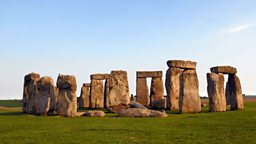
-
![]()
Making History
Tom Holland goes to Milton Keynes and discovers the role our ancestors played in the planning of this very modern town.

2. Ancient Egypt and the pyramids
Ancient Egypt’s magnificent pyramids have been an enormous influence on modern architecture, and the form still pops up in modern building projects today. Pyramids can be seen atop numerous shopping centres across the world: the Pyramid Arena in Memphis; The Luxor Casino and Hotel in Las Vegas; and Japan’s Nima Sand Museum all take the pyramid form; and the entrance to The Louvre in Paris is now a large, glass (you guessed it) pyramid.
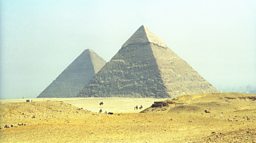
3. The roads of the Roman Empire
All roads lead to Rome! That’s not strictly true, but the ancient Romans certainly knew a thing or two about them. Before the Romans, there was no easy way to get between cities and towns but they understood the value of an effective transportation system and trade routes between populated areas, and set about building efficient and durable thoroughfares. Extensive surveying was done to determine the best routes: to avoid obstacles and keep roads as straight as possible. They also lay rocky foundations and paved their roads with stones, so they would stay level under the weight of carts and marching troops. These techniques, used in 400 BC, still influence the way roads are constructed now, and some of the routes the Romans introduced across Britain remain part of our national road network to this day.
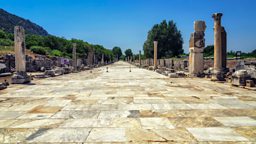
4. Babylonian sewage systems
It wasn’t until 1866 that London had a sewer network, devised by engineer Joseph Bazalgette. When you consider the Babylonians had a sewage system around 4000 BC, it’s hard not to wonder what took us so long. The ancient city of Babylon is thought to be the first place where clay was moulded into pipes to channel waste away from dwellings. The earliest example of piping, knee and t-joints – thousands of years old – were found at the excavation of the Temple of Bel at Nippur.
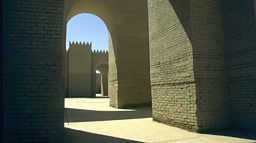
5. Ancient Greek plumbing
The ancient Greeks were, quite simply, plumbing wizards. It was the ancient Cretans (The Minoans) who first lay clay pipes underground, and their capital (Knossos) had an elaborate system for bringing in clean water and taking out wastewater. Not only this - they devised elaborate heating systems and one of the earliest flushing toilets, dating back to 18th century BC!
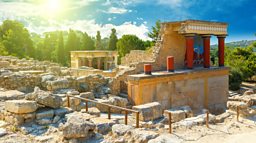
6. Ancient Roman architecture
We’ve covered roads but it’s time for another popular Rome-inspired cliché: Rome wasn’t built in a day. Looking at the intricacy of the arches, columns and domes they erected, it certainly rings true. The architectural traits of the Roman Empire are still found all over the world. When Napoleon was building his own Empire in the 19th Century, he commissioned several Parisian structures that borrowed from the Romans: The Arc de Triomphe and the Place Vendôme to name just two. And take a look at the White House: you’ll see columns and arches on the US President’s home that are a clear homage to Ancient Rome.
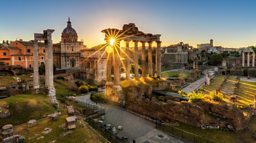
-
![]()
Making History
Tom Holland presents the programme where the past meets the present.
-
![]()
How dry stone walls stay upright
We generally pay little attention to the skills involved in building and maintaining them.
-
![]()
The road that shaped Europe and the Middle East
Bettany Hughes traces the Via Egnatia, the ancient Roman road.
-
![]()
Enter the world of sacred plants, rich in spiritual symbolism.




